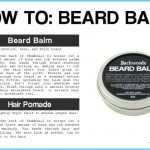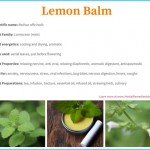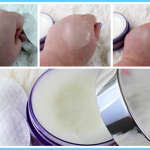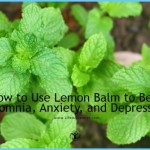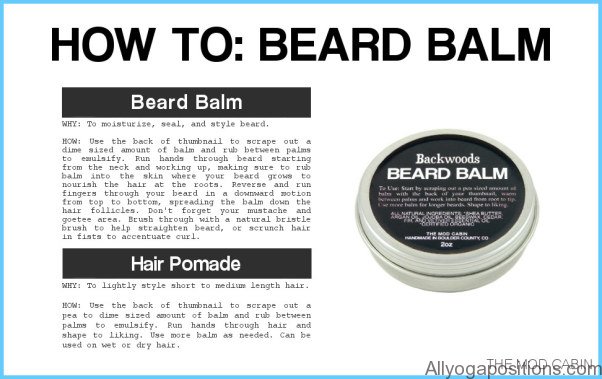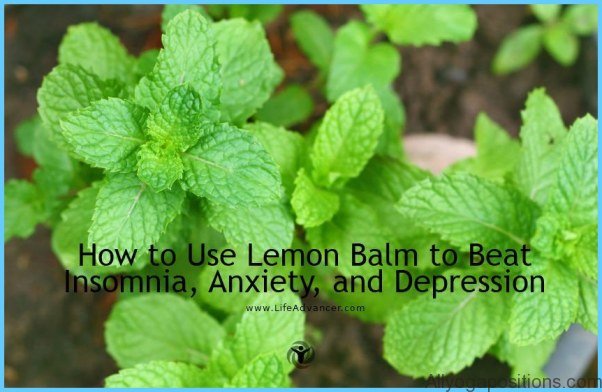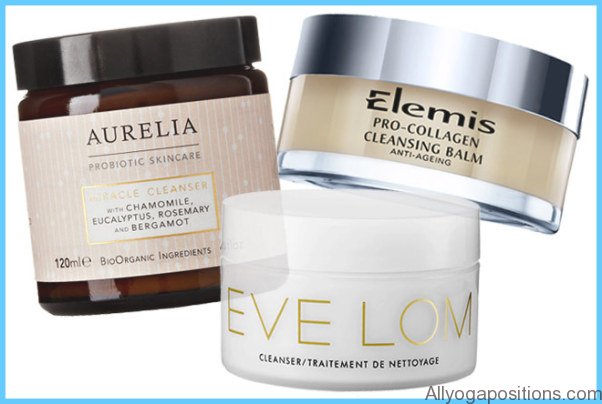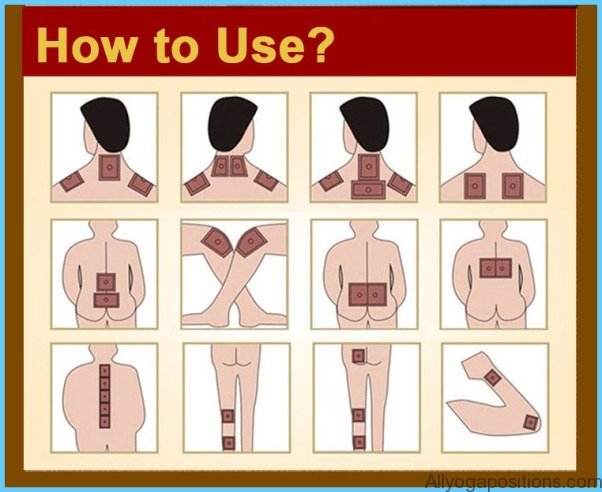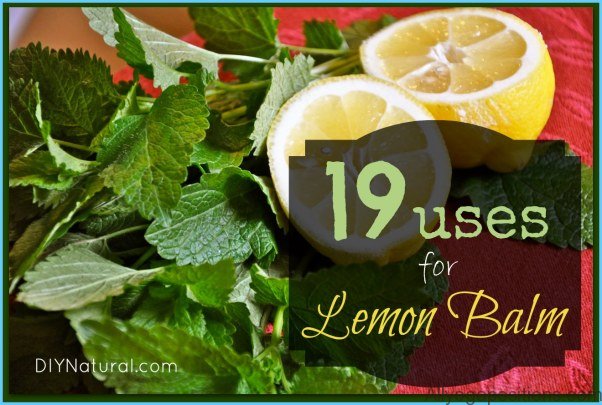Balm Gentle, Balm-mint, Lemon Balm, Melissa, Sweet Balm FR: Baume, Citronelle, Melisse
GER: Bienenkraut, Honigblume, Melisse, Zitronenmelisse
IT: Melisa (or) Melissa
SP: Balsamita major, Toronjina, (or) Toronjil
BOT: Melissa officinalis
FAM: Labiatae
ILL: Plate 13, No. 1
What is Balm? How to Use Balm Photo Gallery
Balm should not be confused with berm (yeast). The word balm is a shortened form of balsam, and many other herbs and trees get the word ‘balm’ popularly tacked on to their name. Lemon balm is native to southern Europe and has been in cultivation for over two thousand years. It was first introduced to Britain by the Romans. The plant grows over two feet high, has oval leaves with slightly serrated edges and small whitish or yellowish flowers borne in clusters. It is perennial, but dies down in winter. It is easily grown, spreads quickly and can be raised from seed, by planting out young plants, or by root division. Each plant needs at least a foot of space around it.
Balm has a pleasant lemon scent and is useful chopped and combined with other herbs, e.g. in omelettes. In Belgium and Holland, it is said to be used in pickled herrings and eels, although the recipes which I have from these countries make use of lemon peel. Some use it in salads. It is also the basis of the famous melissa cordial or eau-de-melisse des carnes and comes into the composition of several liqueurs. Lemon balm is a pleasant aromatic plant, greatly loved by bees (indeed the name melissa comes from the Greek for bee) but is otherwise not of great culinary importance, though delicious in long white-wine cups and iced drinks. In Spain balm – always fresh if possible – is used in soups, sauces and green salads, but also with road birds, game and fish. It is also used to flavour milk – ‘leche perfumada con melisa


